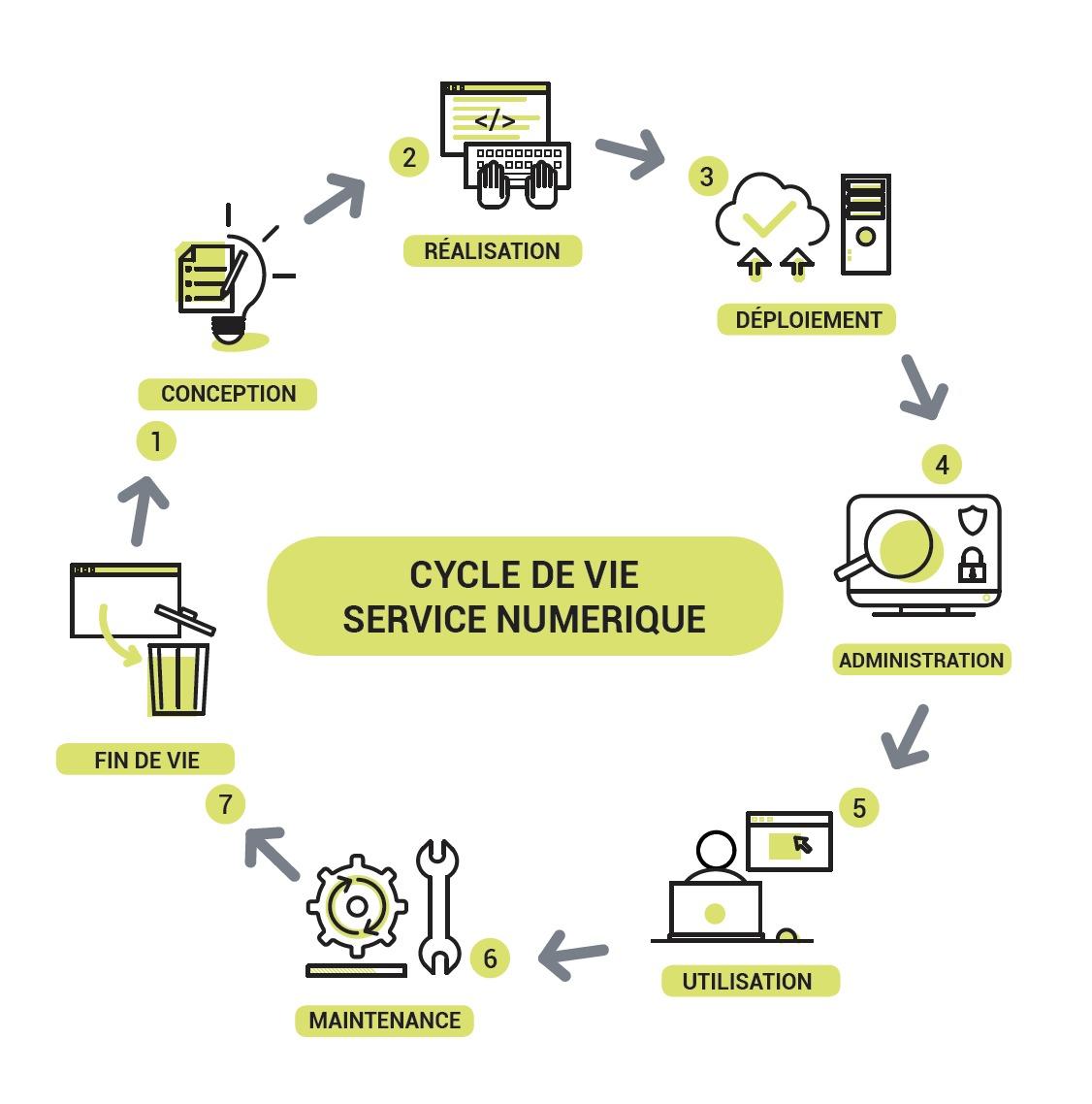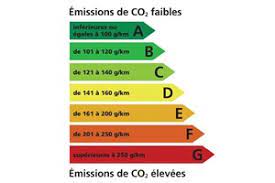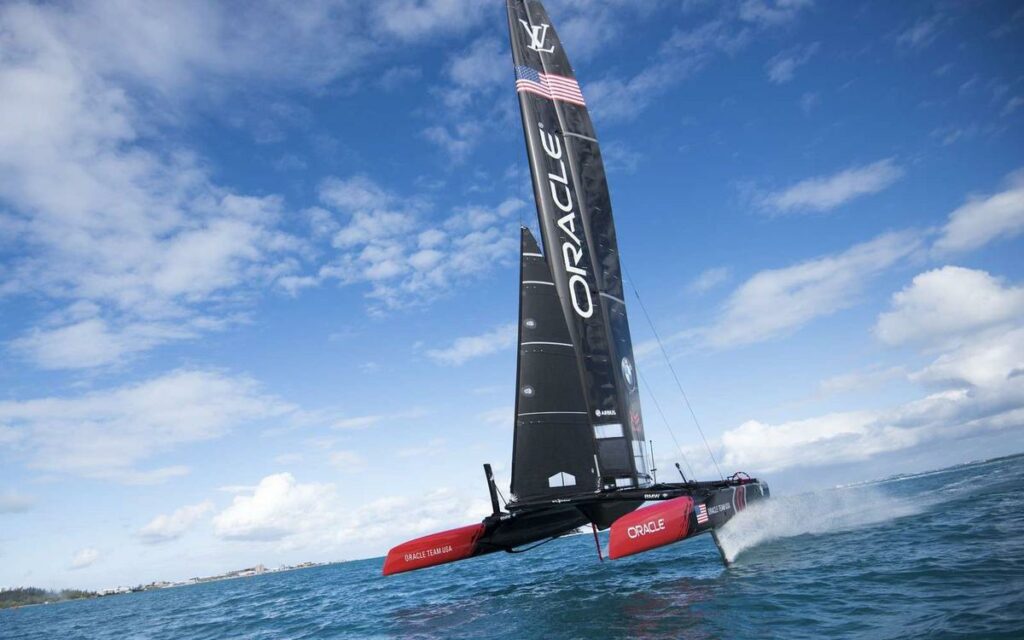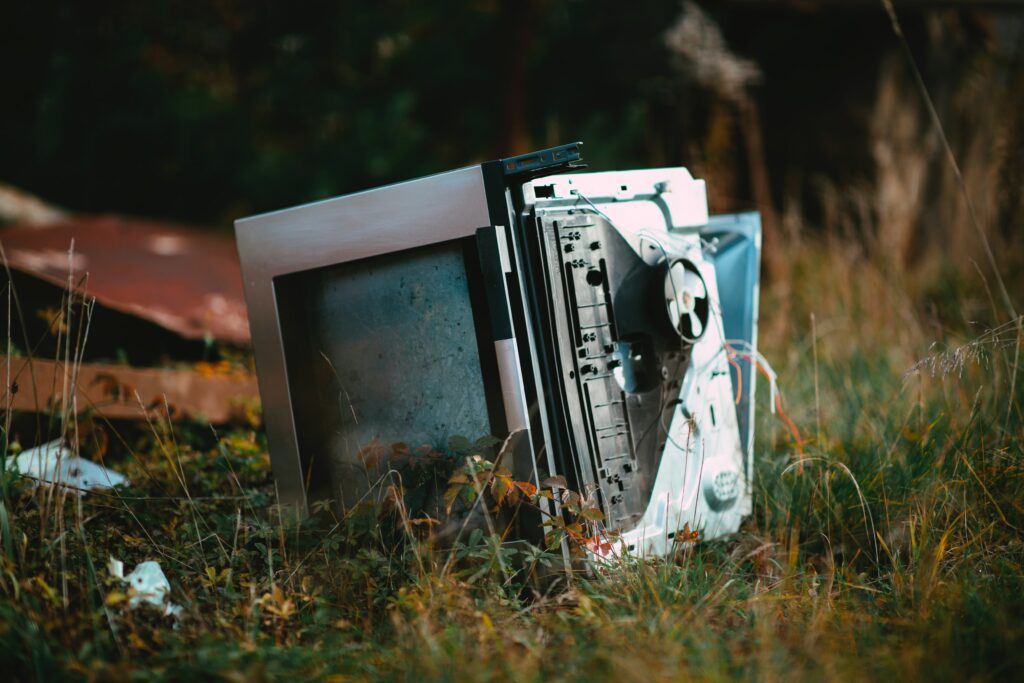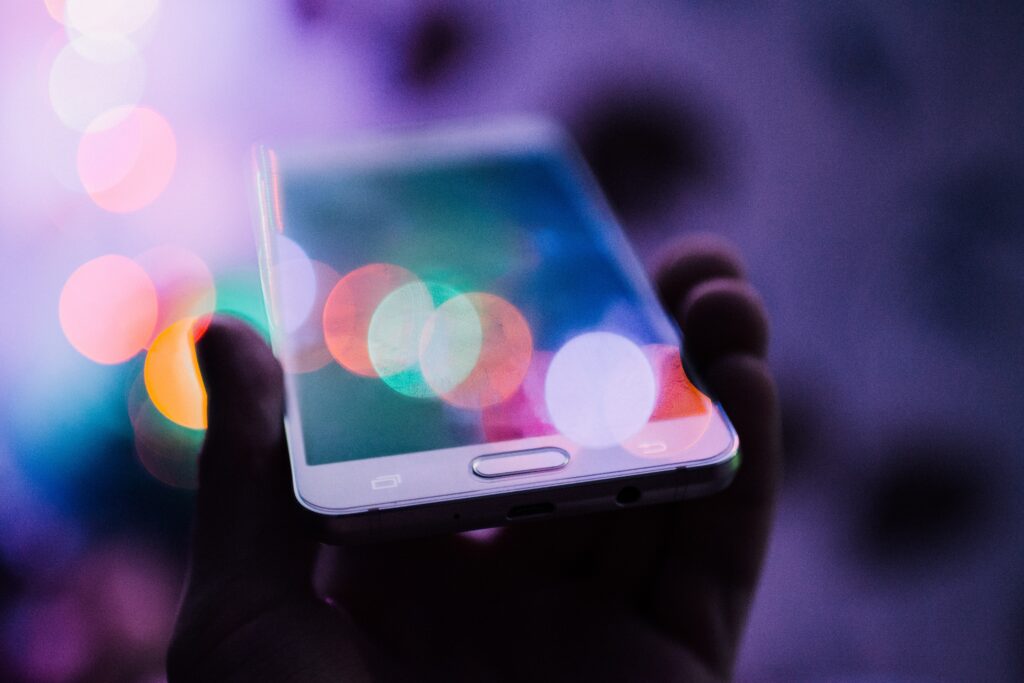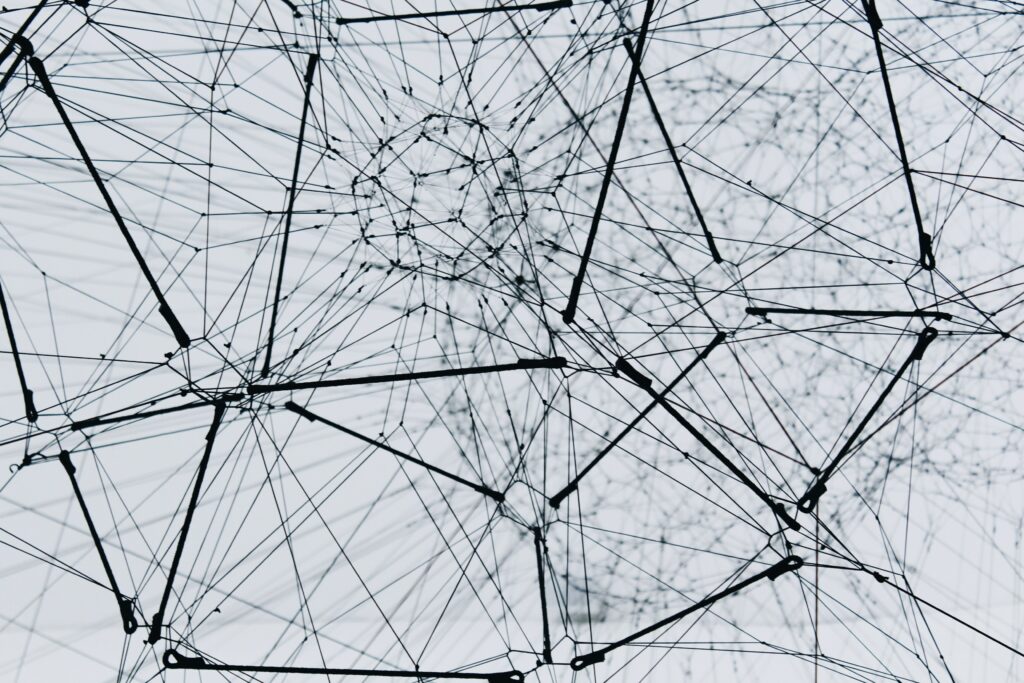Today, digital technology is omnipresent in our private and professional lives. France has almost 61 million Internet users out of a population of just over 65 million, or almost 100 % all age groups combined. The benefits of a connected society are obvious, but in a context of climate emergency, it is essential to consider the ecological footprint of digital technology in order to fight against its negative effects and develop more sustainable practices.
Digital services account for 10 % of electricity consumption in France, and 4 % of greenhouse gas emissions worldwide. The manufacture of a computer requires 588 kg of raw materials, 240 kg of fossil fuels, 22 kg of chemicals and 1.5 tons of water.
As the founder of the GreenIT collective Frédéric Bordage reminds us: " Digital is a limited resource, we urgently need to limit its use." As an involved actor, he underlines the stakes of the digital pollution and promotes the environmental and economic virtues of eco-design and digital sobriety.
Definition of the concepts of eco-design and digital sobriety
Based on software and hardware infrastructures (servers, network equipment, fixed and mobile terminals, etc.), digital technology contributes exponentially to greenhouse gas emissions. These GHG emissions are almost equally divided between the manufacturing phase of digital devices (37 %), their use (38 %), and network infrastructures and datacenters (25 %). By implementing a strategy of eco-design and digital sobrietyAs a lever for the ecological transition enshrined in the REEN (Reducing the Environmental Footprint of the Digital Economy) law of November 2021, companies can act simultaneously on these three phases.
What is eco-design?
Eco-design is based on the integration of the environmental dimension from the design of digital products and services to their end-of-life. Hardware eco-design simplifies the repair of digital equipment to extend their lifespan and slow down the high renewal rate of devices (mobiles, fixed and mobile computers...). Responsible Digital Design (RDD) also improves the recycling of these devices at the end of their life.
Software and applications are also concerned by eco-design. They are at the heart of digital services and condition the choice of hardware according to technical requirements, and also determine its lifespan. The sobriety of the software has a determining impact on the processor power, the memory and storage capacity necessary for its proper functioning. The eco-design of software intervenes on the whole life cycle of the software:
- Upstream, by relying on the principles of digital eco-design, which are simplicity in terms of functionality and user interface, frugality and digital sobriety in terms of data volume, relevance, which covers the usefulness of the results obtained, speed of processing and accessibility, and finally sustainability, which consists of being able to reuse all or part of a program.
- During the development phases, with the analysis and supervision of the software to identify the programs and functions that consume the most resources and energy, and optimize the code.
- Downstream, by respecting a principle of digital sobriety during deployment (choice of hosting and installation procedures) and by ensuring continuous improvement based on user feedback. Eco-design also defines the procedures for decommissioning your information system software as part of your strategy to resell it on the second-hand market to enhance your software assets or simply to archive them. By following this approach, you avoid residual impacts on your servers, terminals and network, as well as your storage spaces.
What is digital sobriety?
The expression comes from Frédéric Bordage who, in 2008, noted that digital technology is a critical, non-renewable resource that is inevitably being depleted. The digital sobriety is based on the moderation of digital uses and the design of more sober digital services. For the French association The Shift Project, digital sobriety implies moving from an instinctive digital use to a conscious and thoughtful digital use. Digital sobriety has a systemic dimension that mechanically has social, economic and technological impacts.
In concrete terms, the strategy of digital sobriety is based on, among other things:
- On limiting the renewal of digital equipment through a strategy of maintenance and upkeep of equipment to extend its life;
- On reducing the volume of electronic waste by donating equipment to associations, depositing it in recycling and waste recovery channels, or reselling spare parts;
- On limiting the power consumption of equipment by turning them off at the end of the day rather than putting them on standby, by favoring Wifi over 4G, by disabling geolocation and notifications for mobile terminals, by activating the energy saving mode;
- On optimizing hardware, software, network and telecom infrastructure, and limiting the use of cloud technology;
- On the adoption of good practices on a daily basis to improve the management of your employees' e-mails, by deleting unnecessary documents from backup units, by limiting the use of video...
Used software licenses, a vector of savings and digital sobriety
Managing your software assets (SAM) is part of an approach to digital sobriety because it is a source of savings and efficiency. A precise analysis of your software architecture with regard to the needs of your employees will allow you to decommission useless applications and tobuy used on premise licenses. By removing unnecessary applications from your servers and endpoints, you free up resources in terms of power, storage and bandwidth, and you also reduce your energy consumption. By embracing the circular economy and perpetual pre-owned licensing with the Softcorner marketplace, you extend the life of your software licenses and hardware infrastructure. You make substantial savings, which you can reinvest in security and eco-design projects... in line with the requirements of a sustainable and rational digital economy.

